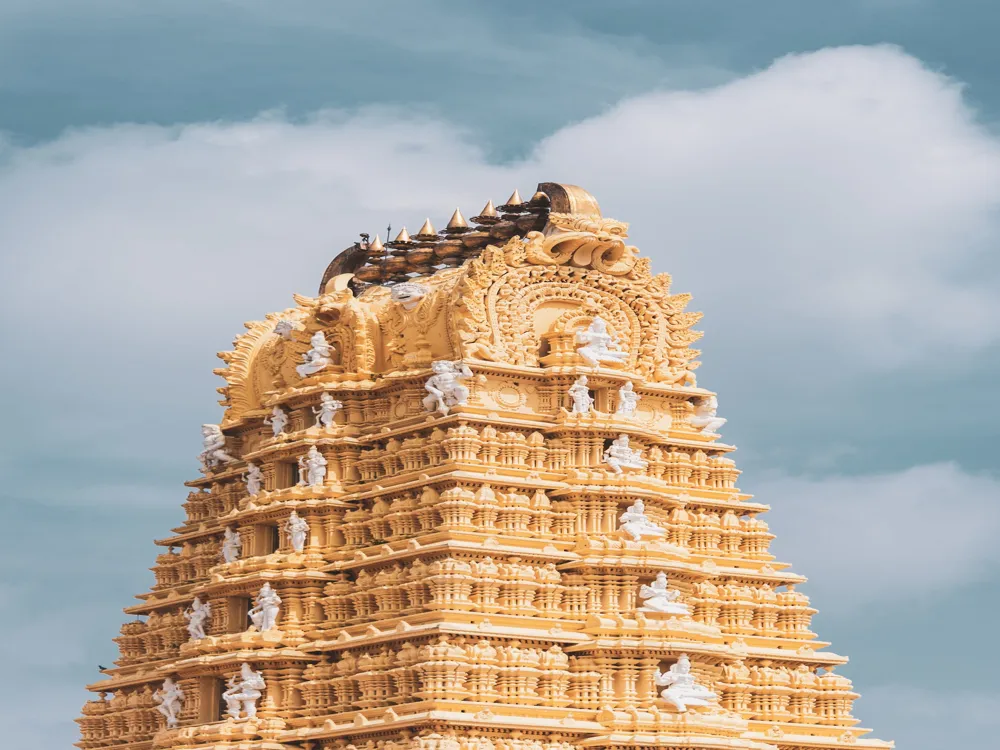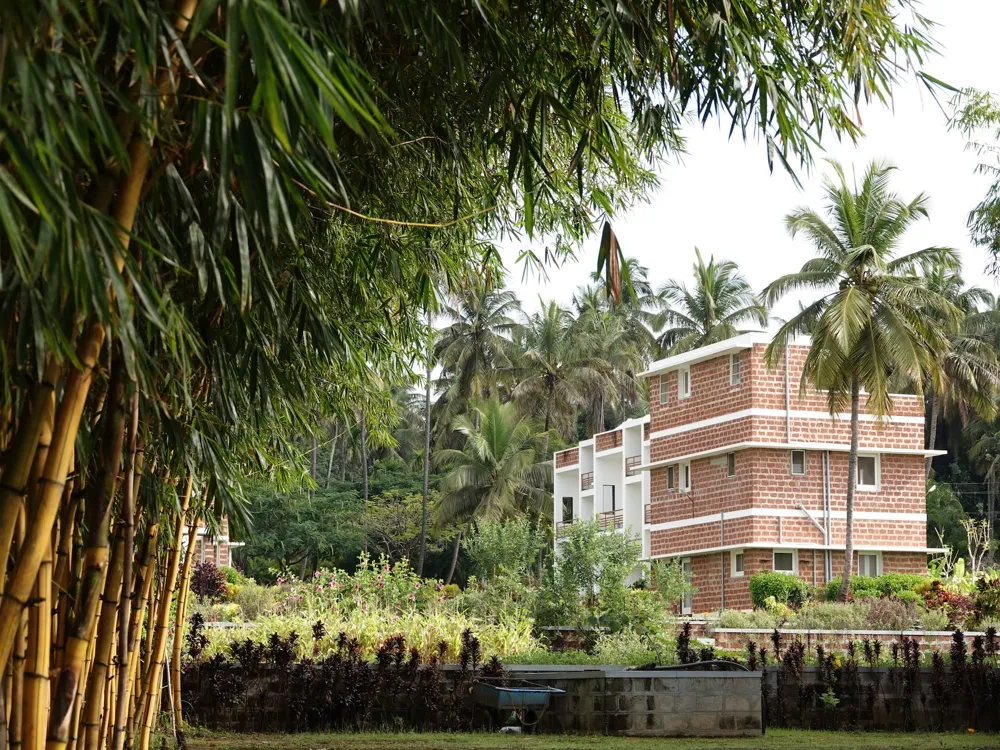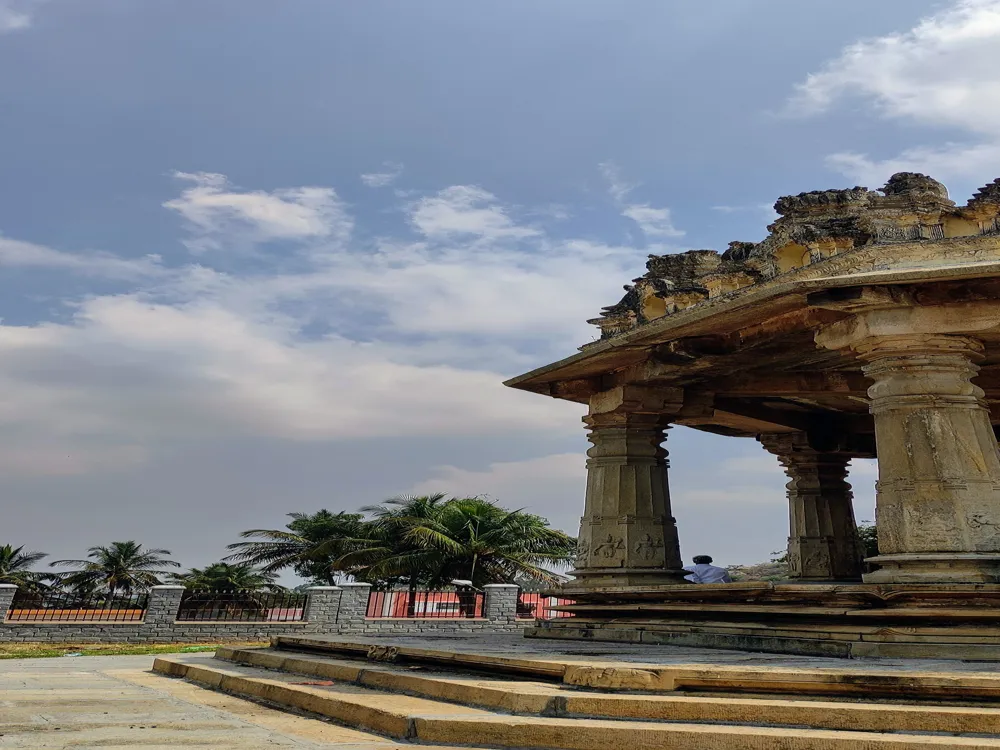St. Philomena's Church, a historic and architectural marvel, stands tall in the heart of Mysore, Karnataka. This majestic church, one of the largest in India, is more than just a place of worship. It's a testament to the rich cultural and historical tapestry of Mysore. The church is dedicated to Saint Philomena, a young Greek princess who became a martyr in the 4th century. Her story of faith and resilience has inspired millions worldwide, making this church an important spiritual destination. The church's history dates back to the 19th century when Maharaja Krishnaraja Wodeyar IV laid its foundation. It was designed by the French architect Daly in the Neo-Gothic style, reminiscent of the Cologne Cathedral in Germany. The construction of the church was a monumental effort that spanned over a decade, finally completed in 1936. Today, it stands not only as a place of immense religious significance but also as a beacon of architectural splendor. Visitors to St. Philomena's Church are immediately struck by its grandeur. The twin spires, each soaring to a height of 175 feet, dominate the Mysore skyline. These spires are visible from miles away, guiding pilgrims and tourists alike to this sacred site. The church's facade is adorned with intricate stained glass windows and ornate sculptures that depict scenes from the Bible, adding to its ethereal beauty. The architecture of St. Philomena's Church is a stunning example of the Neo-Gothic style, characterized by pointed arches, ribbed vaults, and flying buttresses. This architectural style, which originated in 12th-century Europe, was revived in the 18th and 19th centuries, finding its way to India during the colonial era. St. Philomena's Church stands as a shining example of this revival. The church's interior is equally awe-inspiring. The main hall can accommodate a large number of people, reflecting the inclusive ethos of the church. The nave is flanked by long aisles, each lined with stained glass windows that fill the space with colorful light, creating an atmosphere of peace and tranquility. The high altar, made of marble, features a statue of Saint Philomena, and the walls are adorned with frescoes and biblical paintings, each telling a story from the scriptures. An interesting aspect of the church's architecture is the crypt, which houses a relic of St. Philomena. The crypt is designed as a catacomb, reminiscent of the early Christian burial sites in Rome. This space not only serves as a sacred area for prayer and reflection but also connects visitors to the ancient traditions of Christianity. As a place of worship, visitors are expected to dress modestly. Avoid wearing shorts, sleeveless tops, or any revealing attire. It's a sign of respect for the church's sanctity and the local culture. While photography is allowed in most areas of the church, it's important to be mindful and respectful. Avoid using flash inside, especially during services, and always ask for permission before taking photos of people. Visitors are welcome to attend the mass and other special services. It's a unique opportunity to experience the spiritual ambiance of the church. Check the church's schedule in advance as timings may vary. St. Philomena's Church is well-connected and easily accessible. The nearest airport is the Mysore Airport, about 12 km away. Visitors can also reach Mysore by train; the city is well-linked with major Indian cities. Once in Mysore, the church is a short drive from the city center. Public transportation, including buses and auto-rickshaws, is readily available. For a more comfortable journey, one can opt for taxis or app-based cab services. Read More:Overview of St. Philomena's Church in Mysore, Karnataka
Architecture of St. Philomena's Church
Tips When Visiting St. Philomena's Church
Dress Appropriately
Photography Guidelines
Mass Timings and Special Services
How To Reach St. Philomena's Church
St. Philomena's Church
Mysore
Karnataka
NaN onwards
View mysore Packages
Weather :
Label : Must Visit
Tags : Church & Cathedral
Timings : 5:00 AM - 6:00 PM, Everyday
Time Required : 1-2 hrs
Entry Fee : No Entry Fee
Planning a Trip? Ask Your Question
Mysore Travel Packages
View All Packages For Mysore
Top Hotel Collections for Mysore

Private Pool

Luxury Hotels

5-Star Hotels

Pet Friendly
Top Hotels Near Mysore
Other Top Ranking Places In Mysore
View All Places To Visit In mysore
View mysore Packages
Weather :
Label : Must Visit
Tags : Church & Cathedral
Timings : 5:00 AM - 6:00 PM, Everyday
Time Required : 1-2 hrs
Entry Fee : No Entry Fee
Planning a Trip? Ask Your Question
Mysore Travel Packages
View All Packages For Mysore
Top Hotel Collections for Mysore

Private Pool

Luxury Hotels

5-Star Hotels

Pet Friendly

















